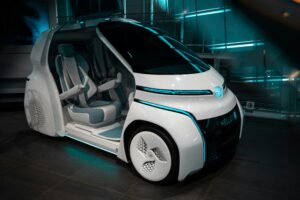In a world where technology seems to advance at lightning speed, there’s one development that’s caught many by surprise: the rise of virtual influencers. These digital avatars, created using cutting-edge AI and CGI technology, are taking social media by storm, racking up millions of followers and securing lucrative brand deals.
One of the most famous virtual influencers, Lil Miquela, boasts over 3 million Instagram followers and has collaborated with major brands like Prada and Calvin Klein. As her popularity grows, so too does the debate surrounding the ethics of using virtual influencers to promote products and shape public opinion.
Critics argue that virtual influencers perpetuate unrealistic beauty standards and blur the line between reality and fantasy. However, proponents point out the potential benefits, such as increased diversity and representation in advertising and the ability to create truly unique and innovative content.
According to a study by HypeAuditor, virtual influencers have higher engagement rates than their human counterparts, suggesting that they may hold the key to reaching younger, digitally-savvy audiences in a more authentic way.
As technology continues to evolve, the phenomenon of virtual influencers raises important questions about the future of advertising, influencer marketing, and even our perception of reality. Whether you love them or loathe them, one thing’s for certain: virtual influencers are here to stay.



